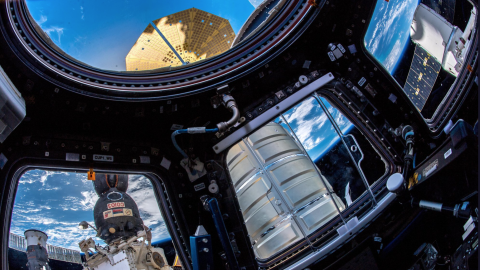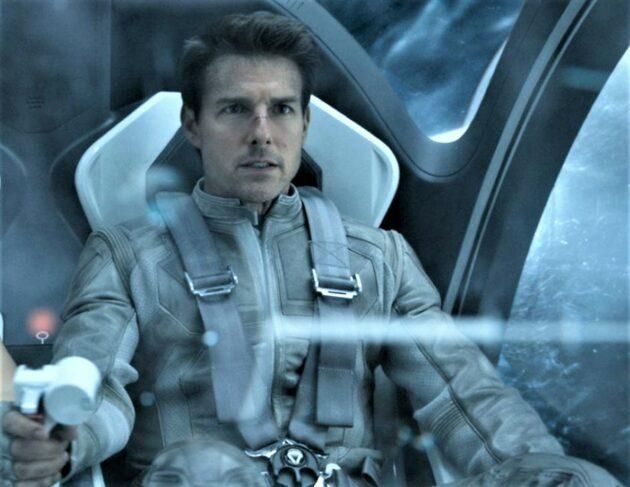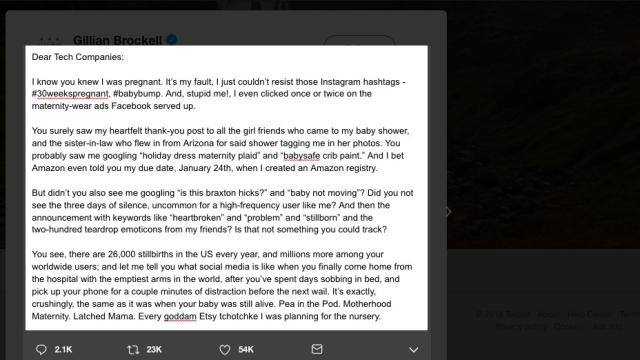‘A rare sight’: Astronaut snaps incredible photo of 5 spaceships

Alexander Gerst
- The spacecraft belong to Russia and two private American aerospace companies.
- Six astronauts are currently aboard the International Space Station to conduct a variety of experiments.
- On Monday, Russian cosmonauts conducted a spacewalk to investigate the nature and cause of a mysterious 2-millimeter-wide hole in a Russian spacecraft.
Alexander Gerst, an astronaut for the German European Space Agency and current commander of the International Space Station (ISS), tweeted photos on Monday of a rare sight: four spacecraft viewed at once from the ISS cupola.
Something even rarer: there were actually two more out of sight, a total of six spacecraft simultaneously docked to the ISS.
Those craft include two Soyuz (Russian), two Progress (also Russian), one Cygnus (American, Orbital Sciences) and one Dragon (American, SpaceX).
Gerst also posted other striking photos taken from the ISS, where he and five other astronauts are conducting experiments to learn more about how the brain and muscles behave in space, the inner workings of atomic processes in low Earth orbit, and the use of robotics aboard the station.
A mysterious hole in a Russian spacecraft
Also on Monday, two Russian cosmonauts conducted a seven-hour spacewalk to investigate a mysterious 2-millimeter-wide hole in one of Russia’s Soyuz spacecraft that’s currently docked to the ISS. The hole, which was discovered in August and is now sealed, had caused the air pressure within the station to drop slightly, though no astronauts were injured.
Experts had initially suggested the hole was caused by a micrometeoroid. However, Russian officials later said the puncture appeared to have been drilled.
“It was done by a human hand,” Dmitry Rogozin, the head of Russian space agency Roscosmos, told the TASS news agency. “There are traces of a drill sliding along the surface. We don’t reject any theories.”
Russian media suggested, without evidence, that a NASA astronaut could have drilled the hole in an act of sabotage. The cause of the hole remains unclear, though the cosmonauts took samples of the hole on Monday and Russian officials plan to investigate the matter when the spacecraft returns to Earth later this month.





